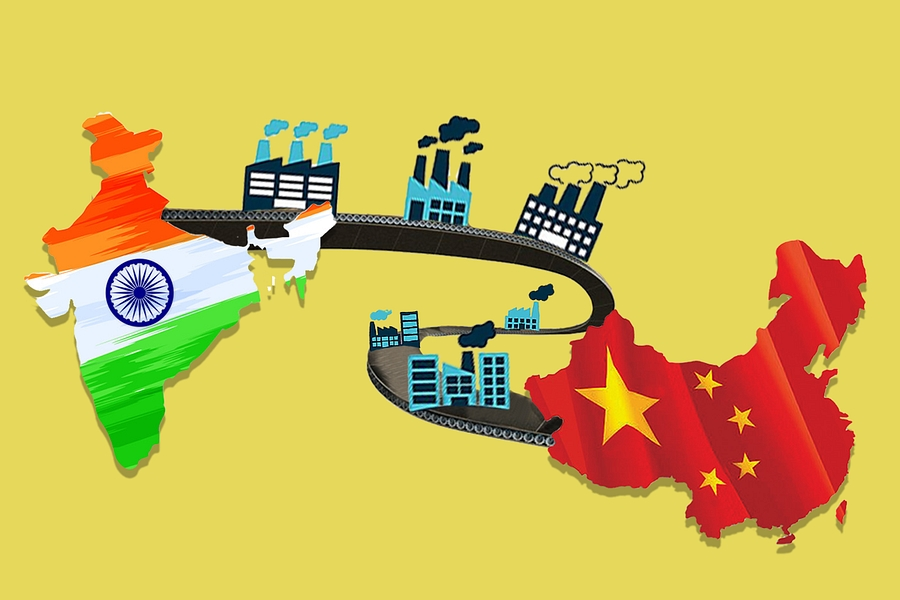In the global manufacturing race, India is striving to compete with China, but to truly close the gap, it must undergo a shift in its industrial approach. For decades, China has dominated as the global manufacturing hub, leveraging state-led investments, advanced infrastructure, and a highly efficient production model. To effectively challenge China’s supremacy, India must move beyond its reliance on factory owners and embrace a more collaborative, technology-driven manufacturing ecosystem. The traditional model, where small and medium-sized enterprises (SMEs) hold a significant portion of the manufacturing base, has limitations in terms of scalability and efficiency.
A crucial step for India is to focus on automation and innovation. While India’s labor force remains cost-competitive, the country must adopt advanced technologies like robotics, artificial intelligence (AI), and data analytics to enhance productivity. Moving away from a factory-owner-centric model towards a more integrated, high-tech approach will allow India to increase output and compete on both quality and cost-effectiveness. Encouraging foreign direct investment (FDI) and creating specialized manufacturing zones with the latest technologies can help India bridge this gap.
Moreover, the Indian government’s focus on initiatives like Make in India and Production-Linked Incentives (PLI) is a positive step, but these policies need to be adapted to encourage larger-scale industrial collaborations rather than relying solely on small factory owners. Public-private partnerships (PPP) can play a crucial role in creating the necessary infrastructure for large-scale manufacturing while maintaining sustainability and resource efficiency.
India’s ability to improve its manufacturing output and position itself as a viable alternative to China will depend on how quickly it can transition from its existing factory-based approach to a more modernized, integrated manufacturing ecosystem. If India can streamline its operations, invest in cutting-edge technologies, and foster industry-wide collaborations, it can become a key player in the global supply chain, ultimately challenging China’s dominance.







